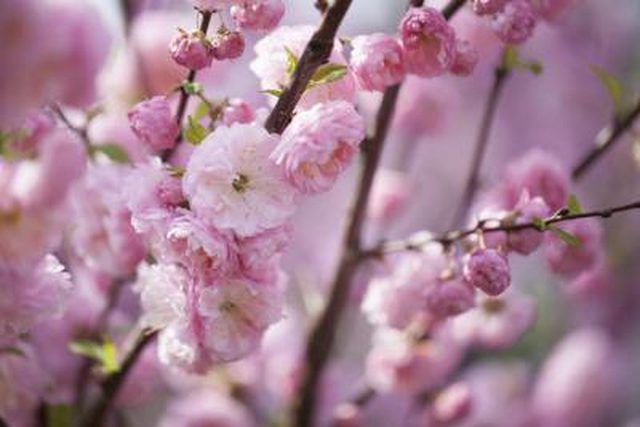Bulbs
Flower Basics
Flower Beds & Specialty Gardens
Flower Garden
Garden Furniture
Garden Gnomes
Garden Seeds
Garden Sheds
Garden Statues
Garden Tools & Supplies
Gardening Basics
Green & Organic
Groundcovers & Vines
Growing Annuals
Growing Basil
Growing Beans
Growing Berries
Growing Blueberries
Growing Cactus
Growing Corn
Growing Cotton
Growing Edibles
Growing Flowers
Growing Garlic
Growing Grapes
Growing Grass
Growing Herbs
Growing Jasmine
Growing Mint
Growing Mushrooms
Orchids
Growing Peanuts
Growing Perennials
Growing Plants
Growing Rosemary
Growing Roses
Growing Strawberries
Growing Sunflowers
Growing Thyme
Growing Tomatoes
Growing Tulips
Growing Vegetables
Herb Basics
Herb Garden
Indoor Growing
Landscaping Basics
Landscaping Patios
Landscaping Plants
Landscaping Shrubs
Landscaping Trees
Landscaping Walks & Pathways
Lawn Basics
Lawn Maintenance
Lawn Mowers
Lawn Ornaments
Lawn Planting
Lawn Tools
Outdoor Growing
Overall Landscape Planning
Pests, Weeds & Problems
Plant Basics
Rock Garden
Rose Garden
Shrubs
Soil
Specialty Gardens
Trees
Vegetable Garden
Yard Maintenance
How to Plant Pink Flowering Almond Shrubs
How to Plant Pink Flowering Almond Shrubs. The greatest drawback of pink flowering almonds (Prunus triloba var. multiplex) is their exceptionally fleeting beauty. For a few glorious, mid-spring weeks, the shrubs -- also called double-flowering plums -- produce explosions of 1- to 1 1/2-inch pastel pink blooms. For the best results, plant...

The greatest drawback of pink flowering almonds (Prunus triloba var. multiplex) is their exceptionally fleeting beauty. For a few glorious, mid-spring weeks, the shrubs -- also called double-flowering plums -- produce explosions of 1- to 1 1/2-inch pastel pink blooms. For the best results, plant containerized shrubs with well-developed root balls, because the slightest stress decreases the pink flowering almonds' already brief lifespan.
The Best Time to Plant
Flowering almonds, like other members of the Prunus genus, need a long time to establish their root systems after planting. To get your shrubs off to the best possible start, plant them in spring so they have a full growing season to develop new roots. To minimize transplant shock, choose a cool, cloudy day. The shrubs perform best when planted as soon as possible after you buy them, before or as soon as their new growth appears. Flowering almonds grow in U.S. Department of Agriculture plant hardiness zones 3b through 7.
Choosing and Preparing the Site
Pink flowering almonds require a site with at least four hours of direct daily sun, and do better with more sun. They like well-draining, organically rich and consistently moist soil with a pH between 4.5 and 7.5. To accommodate their eventual 12-foot spread, the area should be large enough to space the shrubs 12 feet apart and 6 feet from nearby structures. If your soil is poor or drains poorly, improve the soil's drainage by spading or rototilling a 2-inch layer of compost, sphagnum peat moss or aged manure into its top 4 to 6 inches.
Planting the Shrubs
Before digging its planting hole, water each shrub thoroughly. Make each hole twice the width of the plants' containers, and just deep enough to hold the root balls at the same depth they were in the pots. Smooth the bases of the holes with the back of your spade, then step into them, firming them with your weight to prevent the shrubs from settling. After grasping a flowering almond at its base and sliding it carefully from the pot, trim any encircling roots with a clean, sharp knife. Gently spread the smaller roots and center the plant in the hole with the top of the root ball level with the soil line. As you replace the soil, firm it lightly to eliminate air pockets.
Post-Planting Care
Once your flowering almonds are planted, form the leftover soil into a 2- to 3-inch-high berm around the lip of each hole to create reservoirs, and water them well. Add soil soil to any that have settled. During their first growing season, the shrubs need 1 inch of water per week, including rainfall, until they go dormant in fall. If your soil is sandy, increase that to 2 inches per week, provided in two watering sessions. Don't worry about fertilizer during the first year. Feeding right after planting encourages leaf growth, when the shrubs really need to direct their energy to building new roots.